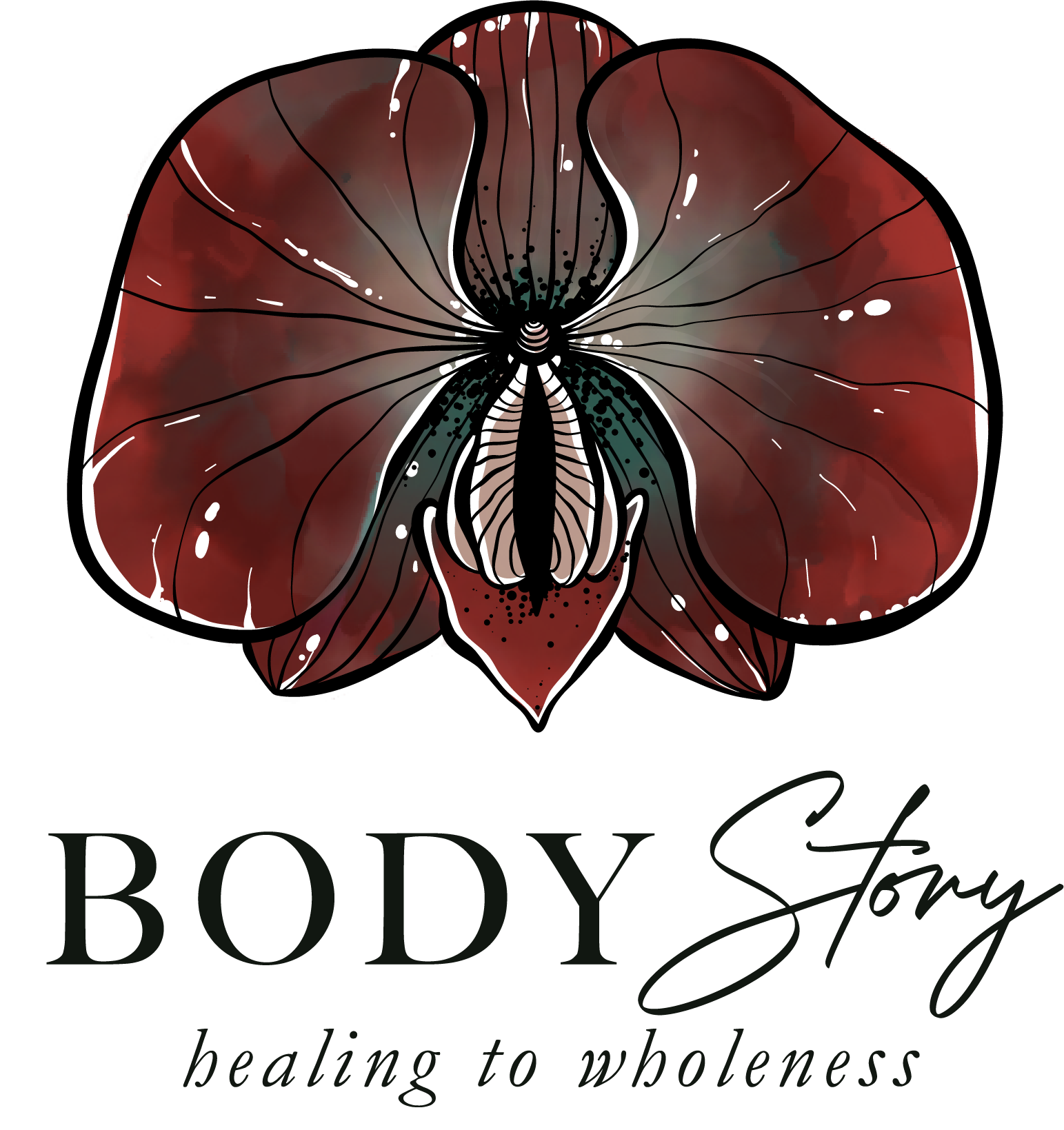Nest-Only Yoga Classes
Each month, I’ll post a members-only yoga tutorial to support your home practice along with a yoga nidra recording or a guided meditation. Scroll to the bottom for an introduction to yoga nidra and a guide for setting up your home practice space.
March yoga tutorial: Walking practice
March guided meditation: Setting the aura
February yoga tutorial: Two Backbends
February meditation: A Heart-Centering Practice
January yoga tutorial: Two twists
January yoga nidra practice: Releasing into Faith
December yoga tutorial: supta apanasana
December recipe (in lieu of a yoga nidra/meditation practice)
Ayurvedic gingerbread with date frosting
2 cups whole wheat flour
½ tsp. Salt
1 tsp. Baking soda
¼ tsp. Cloves
2 tsp. Cinnamon
¼ tsp. Star anise powder
⅓ cup jaggery
½ cup molasses
½ cup ghee or olive oil
1 TBSP grated fresh ginger
Zest of one orange
½ cup water
2 flax eggs (4 TBSP ground flax seed soaked in 6 TBSP warm water for five minutes)
Heat your oven to 350 F.
Combine the dry ingredients in a large bowl.
In a separate bowl, combine the wet ingredients (you can do this with an electric mixer or simply a whisk and a little elbow grease).
Gently fold the wet ingredients into the flour mixture. Don’t overmix, but be sure that the ingredients are well incorporated and there are no clumps of flour. Pour into a greased loaf pan and bake for 40-50 minutes until the center springs back to a gentle touch.
If desired, spread date frosting on top after it has cooled.
Date frosting
6 dates, pitted and soaked in 1 cup boiling water for 10 minutes.
1 TBSP ghee
Blend the ghee and dates with a little of the water (just enough to make it move in the blender — it should be thick). Spread on top of the gingerbread loaf after it has cooled.
November yoga tutorial: adho mukha svanasana (downward dog)
As a reminder, these short tutorials are designed to build your deeper awareness of the poses to support your home practice.
November guided meditation: Emotional release
This meditation uses the Buddhist practice of tonglen breath. You may use this as a guided meditation, or as a tutorial for using tonglen whenever you’re confronted with big emotions. The concept is simple: on an inhale, draw in the emotion that is difficult. On the exhale, breathe out the opposite emotion, or an emotion that brings a sense of peace, such as love or forgiveness.
Journaling prompts:
-
What is my relationship to suffering? When have I experienced pain and discomfort and how have I responded?
-
What do I find pleasurable? Make a list of food, experiences, people, clothing, weather, and more. Anything goes!
October yoga class: Seated side angle and cat/cow
Starting this month I’ll be sharing 1-2 poses as tutorials to guide you to develop a home practice of yoga.
October guided meditation on the breath
The inhalation, the return movement of breath, sustains life. The outgoing breath purifies life. These are the two poles between which respiration goes on unceasingly. Between them is every delight you could desire.
– The Radiance Sutras
September yoga class: Managing transitions
August yoga nidra: Finding peace within
August yoga class: Being on Your Path (55 minutes)
August guided meditation: Balancing the Feminine and Masculine Energies (10 minutes)
July yoga class: The Beauty of Your Body (57 minutes)
July guided meditation: Mudra practice
Below are four mudras that we will practice in this meditation. Keep in mind that your hands may not be able to do these exactly yet, but with practice your muscles will loosen and open.
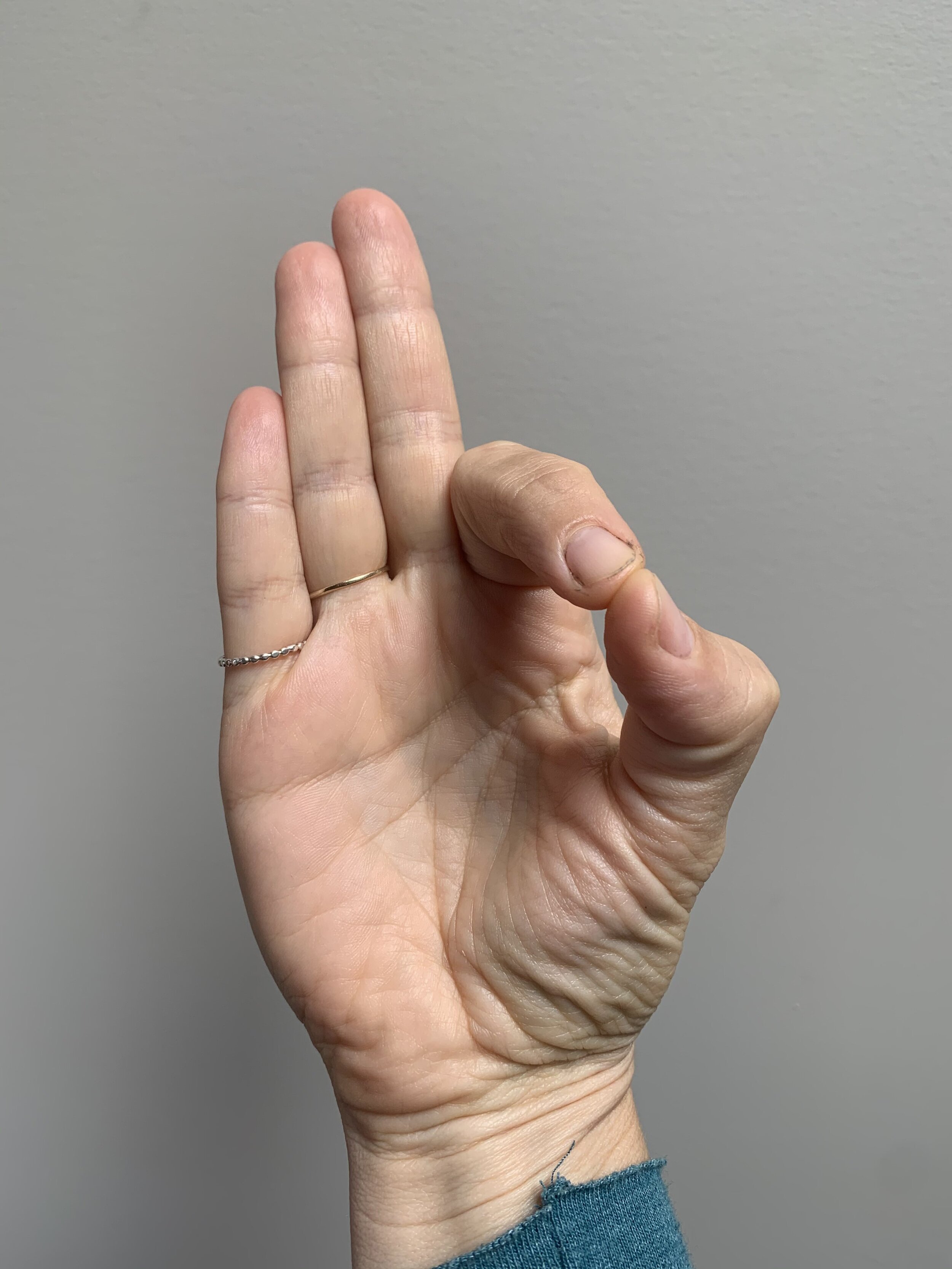
Jnana mudra
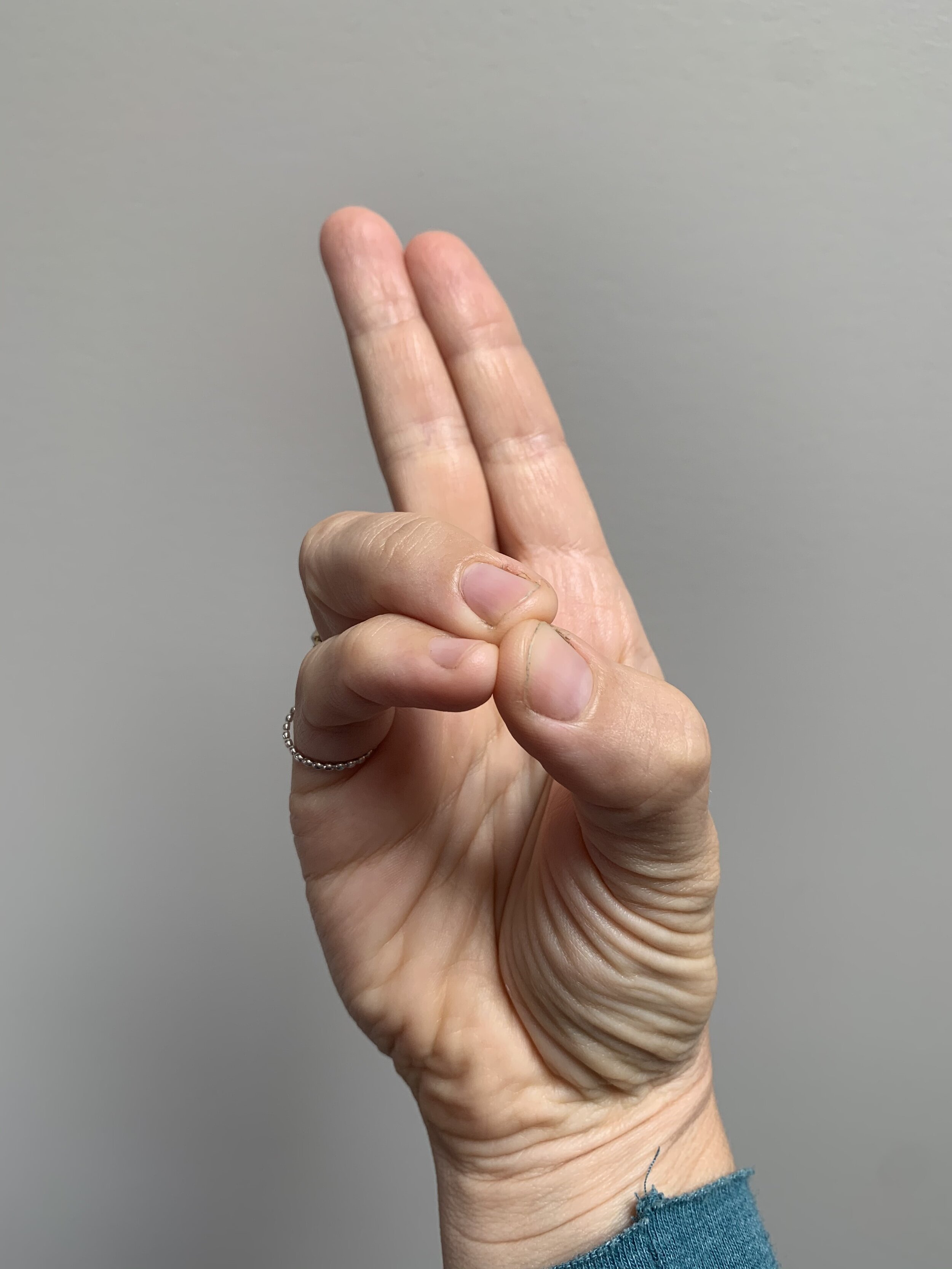
Prana mudra
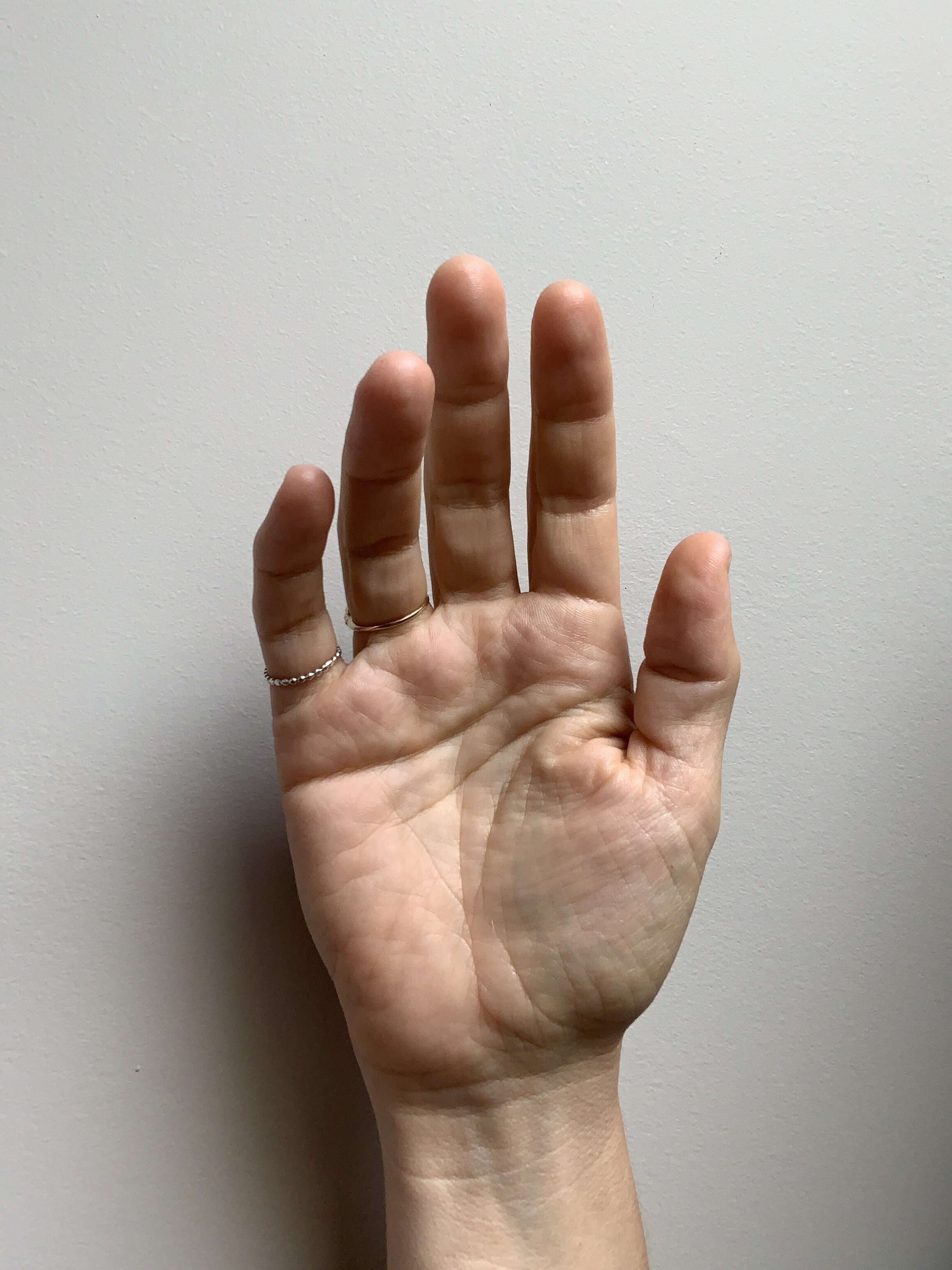
Abhaya mudra
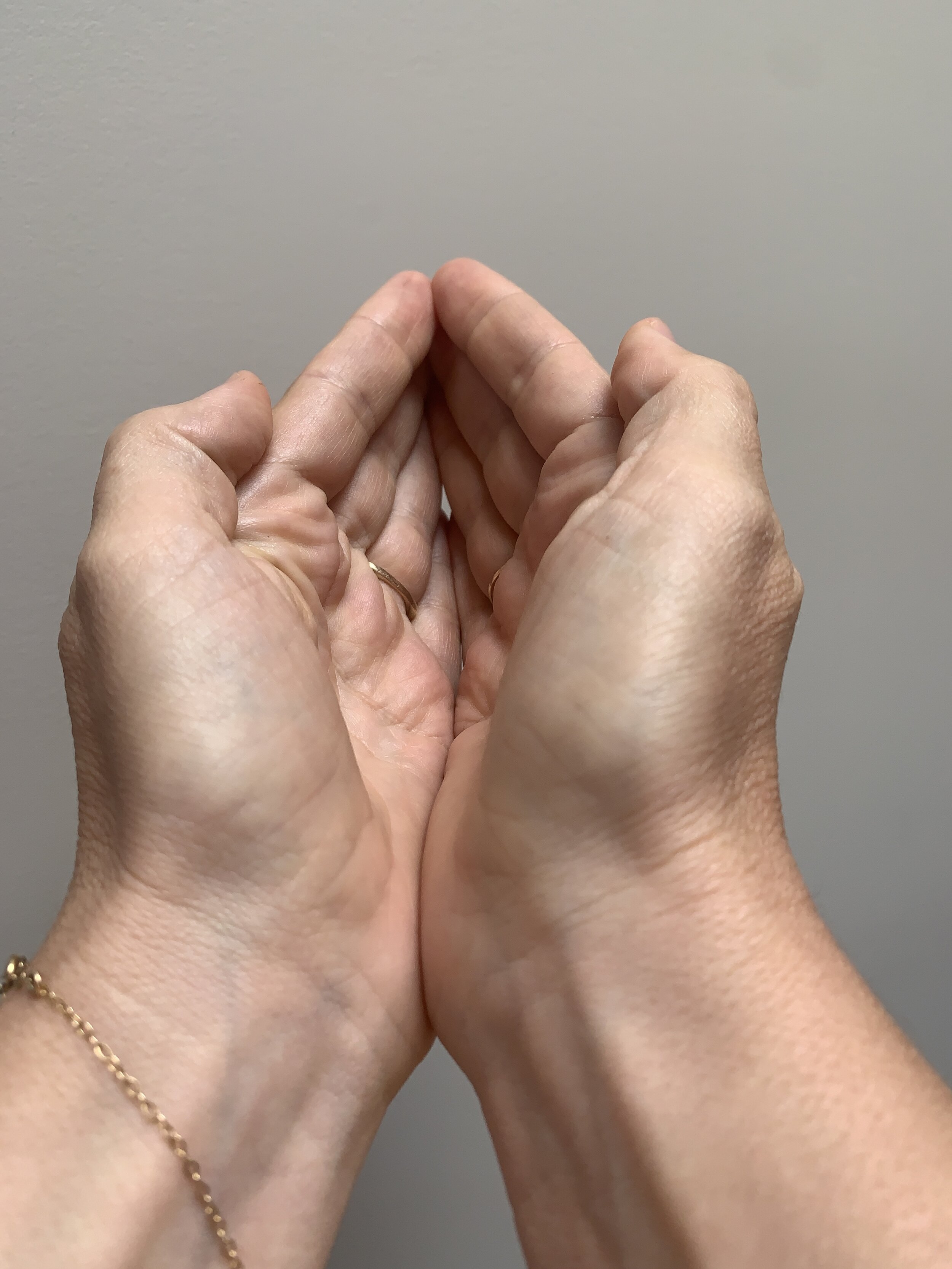
Hridaya anjali mudra
June yoga class: Finding Sweetness (55 minutes)
June yoga nidra: Stillness (18 minutes)
May yoga class: Finding Focus (47 minutes)
May Guided Meditation: Dharana (14 minutes)

In the beginning of this mediation practice, I offer a mudra that you can choose to do (totally optional). I’ve included a picture of prana mudra if you would like a reference. The thumb is touching the tips of the ring and pinky fingers. Don’t worry if your index and middle don’t extend all the way — the muscles will open up over time.
This mudra is a way to balance the flow of prana (vital energy) in the body. It can enhance breath, allow you to feel more alive, and prevent you from taking on other people’s energy.
April Yoga Class: Welcoming the Breath (55 minutes)
April Yoga Nidra: Trust Divine Guidance Within (12 minutes)
For this practice of yoga nidra, find a comfortable place to lie, such as a yoga mat on the floor with your lower legs and feet elevated. Grab a blanket or two to keep you warm and anything else you need to release completely.
How to set up for SevaMama digital yoga classes
I like to keep a home yoga practice very simple. For all classes, I suggest you have two yoga blocks and a folding chair (or an ottoman, coffee table, or couch) to use for savasana at the end of practice.
In most classes, I’ll offer alternatives for any poses that require props, so no need to run out and buy a bunch of things.
Your practice space should be wide enough so that your arms can reach out on all sides of you comfortably, and you can bend forward and lie down without constriction. You should feel comfortable in the space, but most of that comfort comes from within. Practice santosha, or contentment, with whatever space and props you have and you will be doing yoga “correctly.”
Introduction to Yoga Nidra
For those of you new to yoga nidra, or new to yoga nidra with me, I offer this short introduction video to guide you in the very simple set up needed for the practice.
